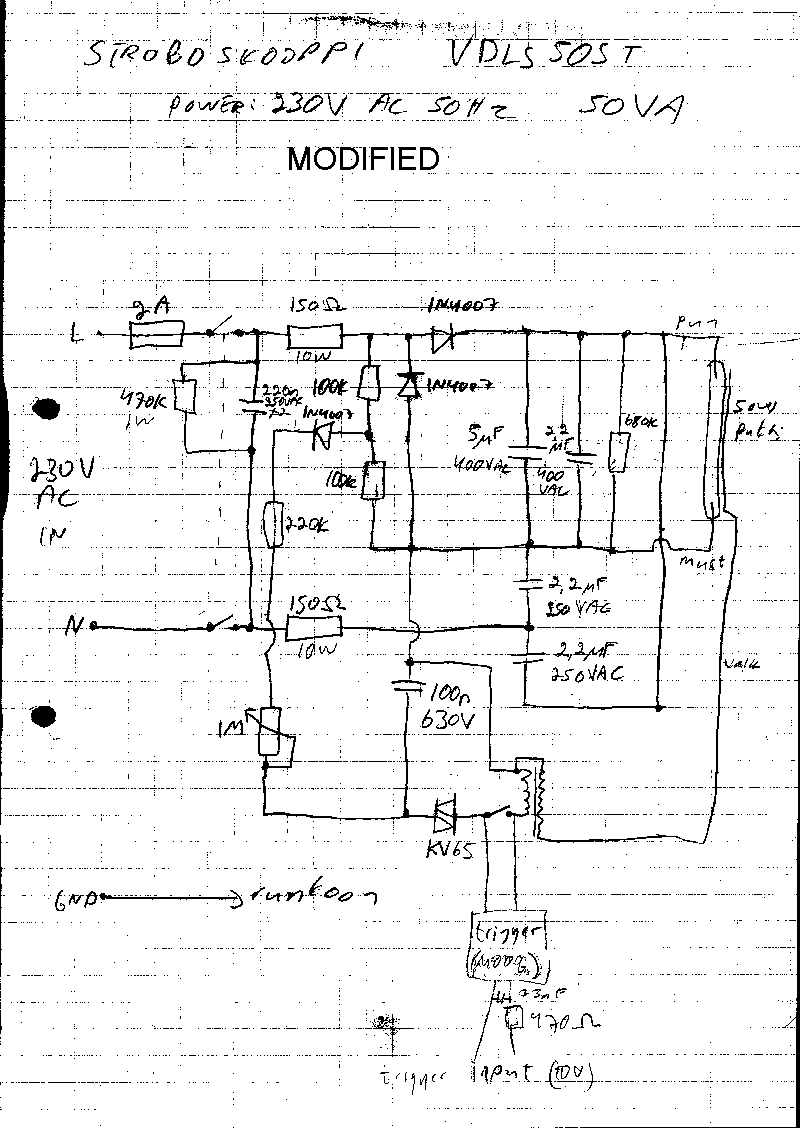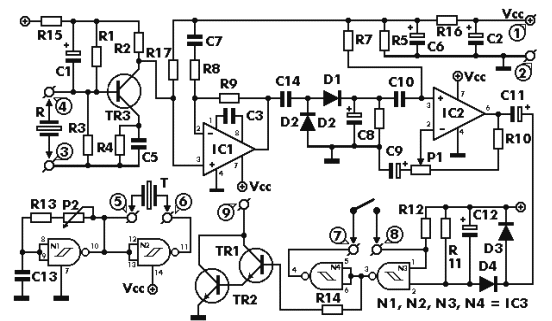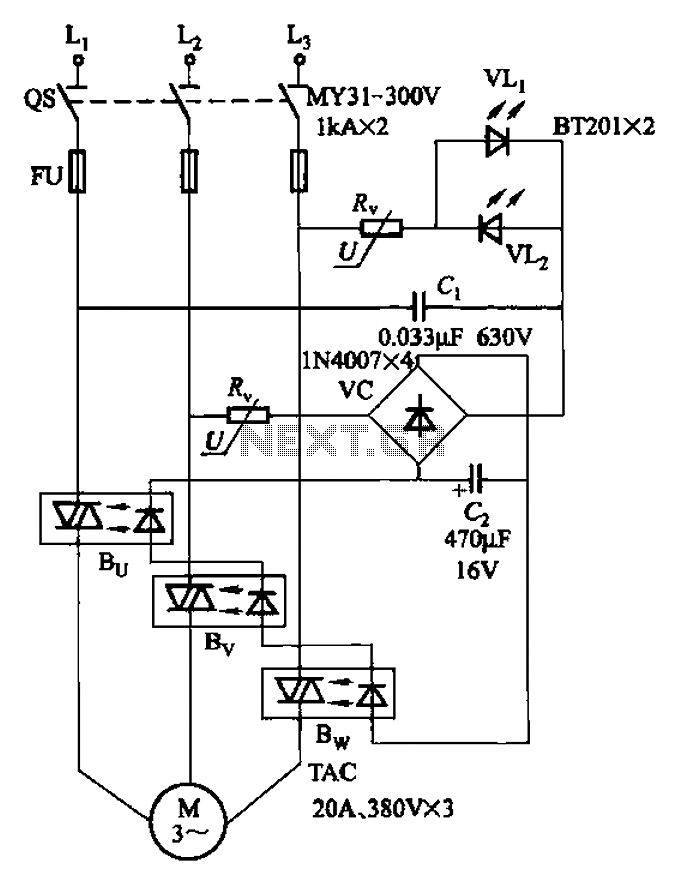
Lie Detector Circuit

This electronic lie detector circuit project will provide two readings: one for challenging questions posed to the subject and another to indicate their emotional state.
The electronic lie detector circuit operates on the principles of galvanic skin response (GSR) and heart rate monitoring to assess physiological changes in the subject's body. The circuit typically consists of a microcontroller, sensors, and a display unit.
The GSR sensor measures the electrical conductance of the skin, which varies with moisture levels influenced by sweat gland activity. This response is often heightened during stressful situations, such as when a person is lying. The heart rate sensor, usually an optical sensor, detects changes in blood flow and pulse rate, which can also indicate emotional distress.
The microcontroller processes the signals from both sensors, analyzing the data to produce two distinct outputs. The first output represents the subject's response to difficult questions, while the second output reflects their emotional state, providing insights into their honesty or stress levels during the interrogation.
The circuit can be designed with an LCD or LED display to visualize the readings in real-time. Power supply considerations are essential, as the circuit may require a stable voltage source to ensure accurate sensor readings. Additionally, calibration of the sensors is necessary to account for individual differences in baseline physiological responses.
Overall, this electronic lie detector circuit serves as a tool for understanding human emotions and truthfulness through measurable physiological responses.This electronic lie detector circuit project will give two readings: one for difficult questions for the subject and another to show its emotional state in.. 🔗 External reference
The electronic lie detector circuit operates on the principles of galvanic skin response (GSR) and heart rate monitoring to assess physiological changes in the subject's body. The circuit typically consists of a microcontroller, sensors, and a display unit.
The GSR sensor measures the electrical conductance of the skin, which varies with moisture levels influenced by sweat gland activity. This response is often heightened during stressful situations, such as when a person is lying. The heart rate sensor, usually an optical sensor, detects changes in blood flow and pulse rate, which can also indicate emotional distress.
The microcontroller processes the signals from both sensors, analyzing the data to produce two distinct outputs. The first output represents the subject's response to difficult questions, while the second output reflects their emotional state, providing insights into their honesty or stress levels during the interrogation.
The circuit can be designed with an LCD or LED display to visualize the readings in real-time. Power supply considerations are essential, as the circuit may require a stable voltage source to ensure accurate sensor readings. Additionally, calibration of the sensors is necessary to account for individual differences in baseline physiological responses.
Overall, this electronic lie detector circuit serves as a tool for understanding human emotions and truthfulness through measurable physiological responses.This electronic lie detector circuit project will give two readings: one for difficult questions for the subject and another to show its emotional state in.. 🔗 External reference





